Insecticide Ban to Save the Bees - Is It Necessary?
2013 Insecticide Restrictions
Some Facts
In 2013, the European Commission restricted the use of pesticides that had been linked to the decline in the bee population. Research, brought on by concern over the population decline, showed that neonicotinoids were potentially contributing to wide spread bee deaths and population collapse. The suggestion from the European Commission was to restrict the use of neonicotinoids, and that they should only be used on crops “not attractive to bees and other pollinators.”

Farmers and other “crop experts” claimed that the science behind the ban was inconclusive.
Some of My Own Thoughts
Do you know what a neonicotinoid is? Neonicotinoids are insecticides. They are nerve agents that, best case scenario, damage the memories of the bees and decrease the production of queens, and, worst case, result in paralysis and death.
Now, I’m not an entomologist, or a biologist, or a chemist. As a matter of fact, I have no formal education. But when I was in first grade, I learned that bees are insects.
Based on the above points, I conclude that bees, being insects, are killed by insecticides.
So what, exactally, is “inconclusive”?
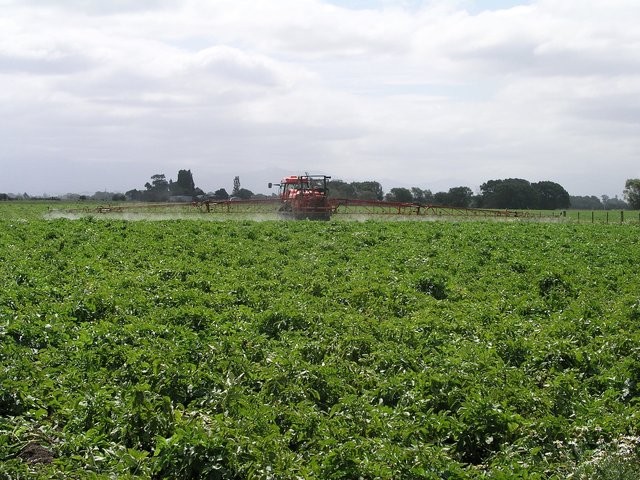
More Facts
There’s a debate that’s gone on for years about what’s actually causing the decline in the number of bee colonies, and chemicals are only one factor that’s being blamed. Among other suggested causes are varroa mite infestations, viruses and hive neglect.
The European Food Safety Agency (EFSA) published a report confirming the “high acute risk” to pollinators posed by the pesticides.
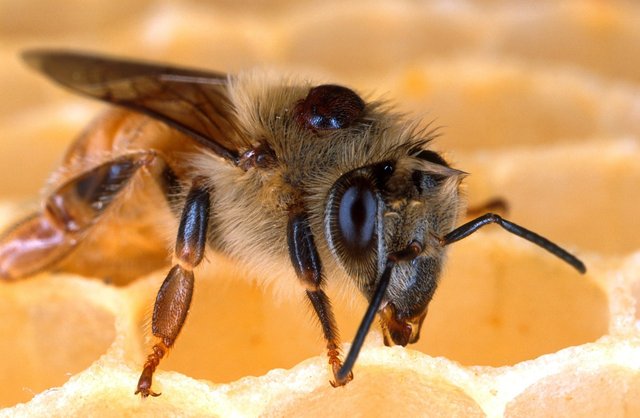
Because there’s apparently no way to know how many of the failed colonies have been lost to varroa, viruses and irresponsible hive owners, eight of the twenty-seven EU countries, including the UK, voted against the ban, while four abstained.
Seriously?
Alright, so we know that...
- varroa and viruses and neglect play a part in declining numbers of bees.
- and that neonicotinoids kill insects, and bees are insects.
But why does it matter how many of the bees are being killed by the insecticide?!?
Varroa, viruses and neglect are all preventable, and effort should be made to prevent bee death due to these factors. I think we all agree on that. Why can’t we all agree that bee deaths due to neurological poison should be prevented?
I think it’s worth mentioning, that bees, made unhealthy by the neonics, are more at risk for virus and varroa.
What?
That EFSA report I just mentioned... even though it admits that neocicotinoids are a ”high acute risk” to the bees... says that it was,
“...unable to finalise the assessments due to shortcomings in the available data.”
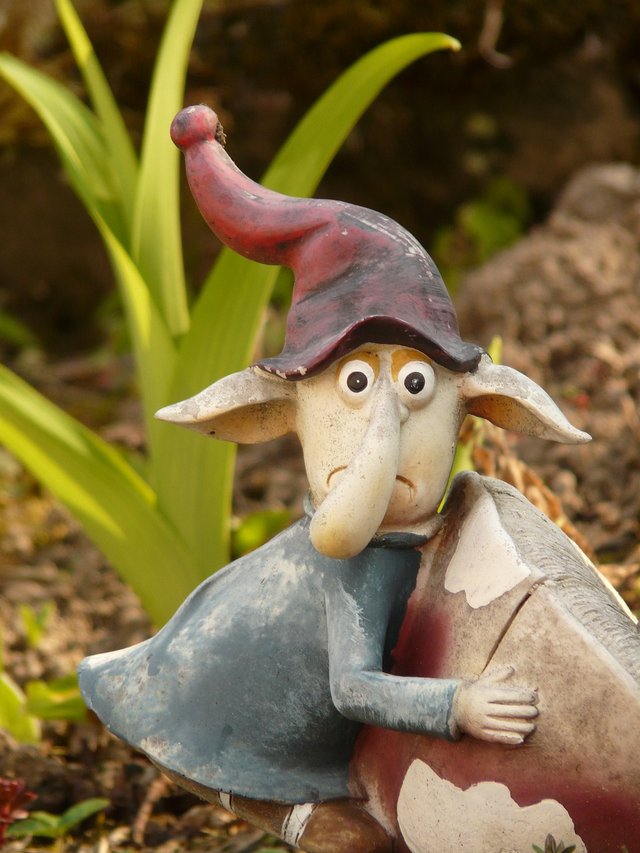
Am I the only one who can’t find any sense in this?
Let me see if I understand this correctly. Neocicotinoids are insecticides that have been proven to be a prolific threat to the bee population, but the report that points that out can’t be finalised because the available data isn’t complete? Am I missing something? Am I the only one who can’t find any sense in this?
Bees Aren’t Our Only Pollinators
Moths, humming birds, butterflies, ants, flies, wasps and beetles are a few of the critters that help bees pollinate plants, and they share with bees the risk of death by neurotoxin.
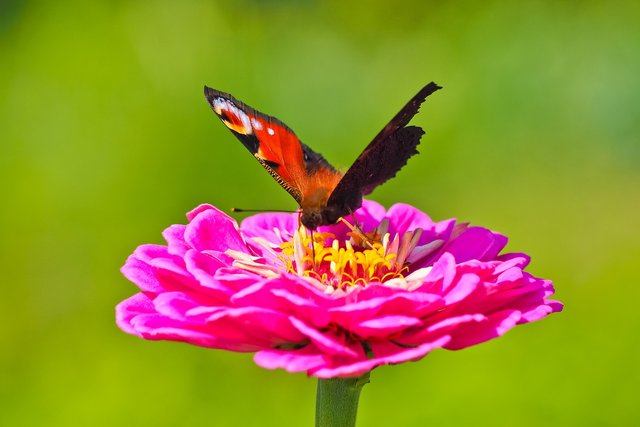
Arguments Against the Restrictions
Since the restrictions were placed on neonicotinoids, commercial farmers, makers of the poisons and others have been making some super convincing arguments against the restrictions and any future bans. Let’s look at some of the strongest arguments.
- A study published March 2013 suggests that if the bees chose other flowers to forage they could lower their neonicotinoid intake and thereby reducing their risk of exposure.
However, Nature, an international journal of science published a study showing that bees can’t detect the presence of the neurotoxins in pollen and nectar. In fact, the bees sometimes choose nectar and pollen that contains the poison.
It’s not just those in a position for financial loss that are opposed to the ban.
Debate.org posed the question, Should pesticide be banned? Here are a couple outstanding arguments from some of the intellects over there.
“Also the cost is too high to do without the pesticides because there would be insects eating our human food. There are enough bees in the world that a couple could pass and not be harmful to the environment.”
“Of we had no pesticide we would be poisoned from the bugs. It keeps the poison away.Yeah itt hurts the bugs but there are some pesticides that only make the bugs say No to eating the plants.Pesticide will keep us alive and keep our food. If you don't agree well that is your opinion not mine.”
There are no names or user ids connected to the comments, maybe to protect the ignorant.
If you’d like to read more, check out the debate here.
If you believe that the U.S. EPA is a good measuring stick, by which to judge the facts and only the facts, you might put some stock in an arguement against the ban by Bayer, a maker of some of the neonicontinoids in question.
“Bayer, a major manufacturer of neonics, “fundamentally disagrees” with the EFSA conclusion, saying that U.S. and Canadian regulators have determined that neonicotinoids are safe for honey bees.”
~ Article from sciencemag.org, referring to this press release put out by Bayer.
However A quick search of the EPA’s website will bring you to a report which states:
“EPA’s actions to protect pollinators from pesticide exposure include:
[a] Implemented a policy in 2017 that protects bees from agricultural pesticide spray and dust applications while the bees are under contract to provide pollination services. The policy also recommends that states and tribes develop pollinator protection plans and best management practices.
[b]Prohibited the use of certain neonicotinoid pesticides when bees are present.
[c] Expediting the re-evaluation of the neonicotinoid family of pesticides, as well as other pesticides, using the harmonized risk assessment process.
While this report from the U.S. EPA does not support a total ban on neonicotinoids, it also does not claim that the poisons are harmless to bees. Maybe Bayer just got their U.S. regulatory acronyms mixed up...
The 2018 Ban
Next month the EU ban will be put to a vote. Obviously, my hope is that the proposed ban will pass, and that other countries will follow suit. I guess there’s not much more to say on the subject, save one more argument from proponents of the ban.
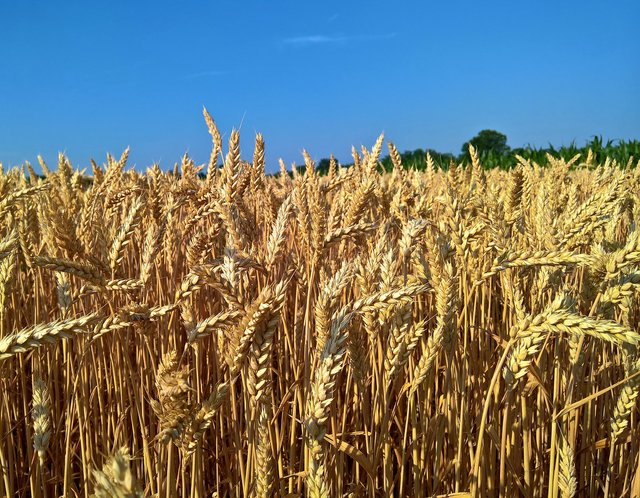
The most popular justification for opposing the ban is the fact that the 7+ billion people in the world can’t be fed with out the protection of pesticides, including the neonic poisons, for the world’s crops. That arguement, in my mind, is complete bull shit. Here’s why:
Crop yields are not significantly lower when organic pest protection and fertilization are used.
The World Watch Institute published an excellent report covering several studies, smashing the myth that these pesticides are needed to feed the world.
- Research by scientists at the Research Institute for Organic Agriculture in Switzerland show that
“...organic farms were only 20 percent less productive than conventional plots over a 21-year period. Looking at more than 200 studies in North America and Europe, Per Pinstrup Andersen (a cornell professor and winner of the World Food Prize) and colleagues recently concluded that organic yields were about 80 percent of conentional yields. And many studies show an even narrower gap. Reviewing 154 growing seasons’ worth of data on various crops grown on rain-fed and irrigated land in the United States, University of California-Davis agricultural scientist Bill Liebhardt found that organic corn yields were 94 percent of conventional yields, organic wheat yields were 97 percent, and organic soybean yields were 94 percent. Organic tomatoes showed no yield difference.
Up to 1/3 of the world’s food is wasted, according to an article in National Geographic, which is enough food to feed about 2 billion people.
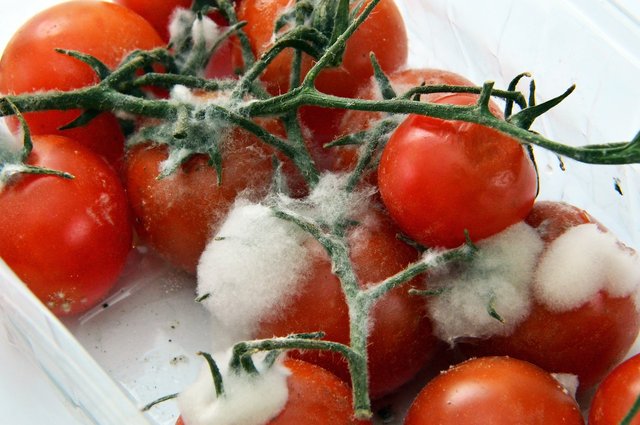
That’s probably enough to make up the difference between chemically grown and organically grown produce. That is food wasted in countries with enough food to waste. In those countries, maybe cutting production by 1/5 (20%) wouldn’t be such a bad thing.
(Edit)
Wait! You don't have to say it! "But aren't most of the corn, wheat and soybeans grown in the U.S. GMOs created to have built in pesticides that also kill the bees?"
Yes! But let's look at some old school organic farming being done in countries like India where GMOs aren't being grown.
Here is a news story from sciencemag.org from 2017. The story covers the upcoming decision on whether or not to legalize GMO mustard, which would be India's first GMO food crop.
As of Jan 3 of this year, according to a report published inThe Economic Times, the GMO crop still hadn't been approved.
(End Edit)
First world nations have plenty of food and could easily survive on 80% of the crops we currently produce by cutting down on waste. The real problem would be if crop production were to drop in the poorest nations of the world.
- A Worldwatch Institute story shows evidence that in the world’s poorer nations, crop production not only didn’t decrease, it actually increased with organic farming methods!
More importantly, in the world's poorer nations where most of the world's hungry live, the yield gaps completely disappear. University of Essex researchers Jules Pretty and Rachel Hine looked at over 200 agricultural projects in the developing world that converted to organic and ecological approaches, and found that for all the projects-involving 9 million farms on nearly 30 million hectares-yields increased an average of 93 percent. A seven-year study from Maikaal District in central India involving 1,000 farmers cultivating 3,200 hectares found that average yields for cotton, wheat, chili, and soy were as much as 20 percent higher on the organic farms than on nearby conventionally managed ones. Farmers and agricultural scientists attributed the higher yields in this dry region to the emphasis on cover crops, compost, manure, and other practices that increased organic matter (which helps retain water) in the soils. A study from Kenya found that while organic farmers in "high-potential areas" (those with above-average rainfall and high soil quality) had lower maize yields than nonorganic farmers, organic farmers in areas with poorer resource endowments consistently outyielded conventional growers. (In both regions, organic farmers had higher net profits, return on capital, and return on labor.)
The Worldwatch story went on to point out that the nonsense being petaled by critics, who claim that gardening practices used by our grandfathers, and still used in most of Africa just won’t do the job is simply untrue. The fact is, “organic farming is a sophisticated combination of old wisdom and modern ecological innovations that help harness the yield-boosting effects of nutrient cycles, beneficial insects, and crop synergies.”
Let’s pretend that organic farming would produce fewer pounds of food than the currenct toxic chemical methods produce. What is it that we need from that food? Some fiber and roughage to fill our guts? Nope. What we need is calories and nutrition.
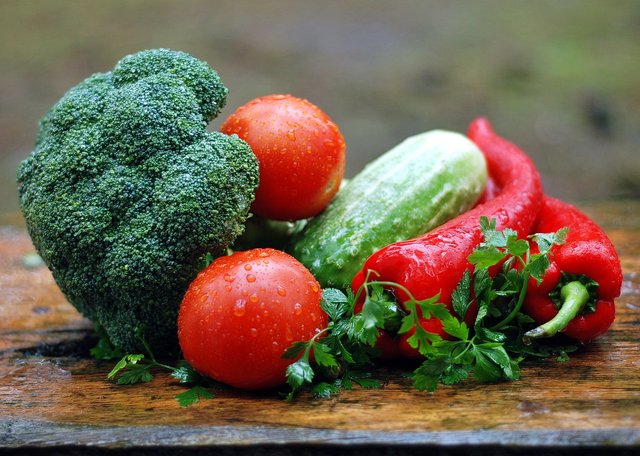
The same Worldwatch article highlights a study from scientists from the University of Michigan that looked at 293 examples of organic and nonorganic farms and found that the caloric value of the produce from organic farms was about 60% higher than that of nonorganic farms. “...a quantity that could theoretically sustain a much larger human population than is currently supported on the world’s farmland.”
But, Without Bees...
None of these arguments even matter without bees.
At least a third of the vegetation on this planet is pollenated by bees. That includes a third of your food.
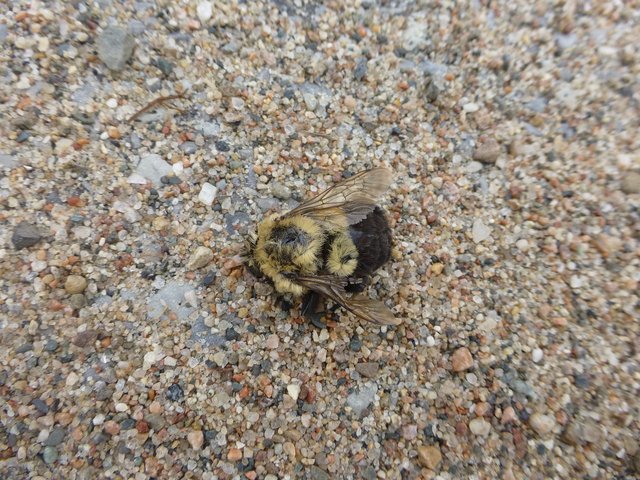
I assume that most of those who voted against the restrictions eat a fruit or vegetable or nut of some sort. Bees are responsible for 1/3 of those servings. I assume that most of those same voters also like meat. Do you know what meat eats? Vegetables. Bees make 33% of your meat’s meals possible. What about meat that eats meat? Hey, the meat that gets eaten by the other meat, well, that meat counts on bees for 1/3 of their meals too.
So, Is It Necessary?
I think so.
FYI: 33% of our pollination being done by bees is a low figure. Some believe the number to be as high as 80%.
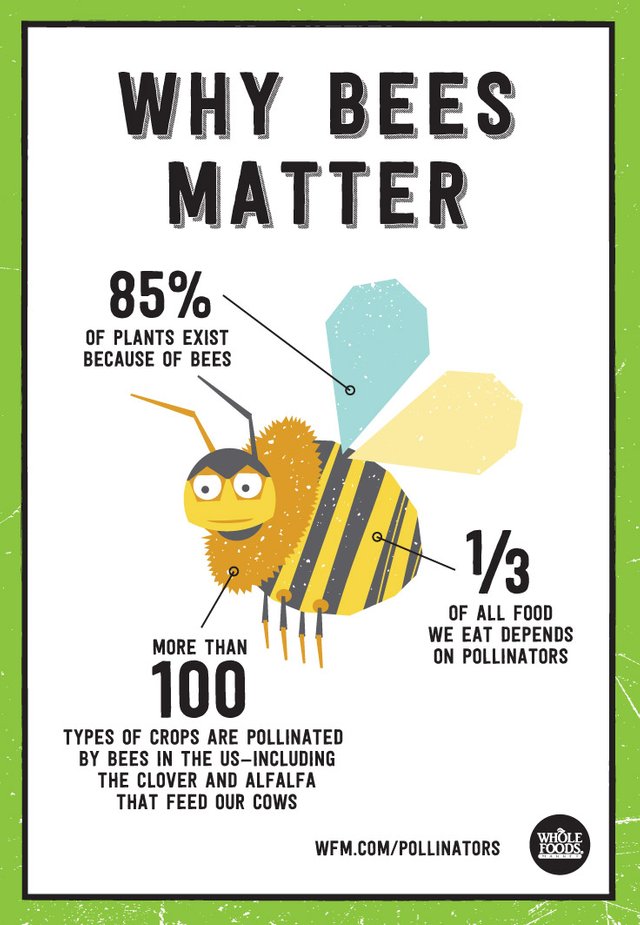
Whether or not we can feed the world with out neonicotinoid pesticides, the fact is, without bees, there isn’t anything that Bayer, Syngenta, Sumitomo Chemical, Nippon Soda, or any other neonic producer can do to feed us.
Thank you so much for sticking with me and finishing this article. I’m passionate about bees, and hope you are too.
All photos that aren't sourced are from Pixabay.



🙌 Yes...just yes. This article had me all the way cheering for you all the way through...and I laughed out loud on the first grader thing...the lead up to that was pure genius. There are so many people that have no idea how important bees are..it blows my mind. Thank you for this!
Wow, what a compliment! Thank you!
It blows me away as well. This isn't a complicated issue. And it isn't just about bees. It's about all pollinators, and all the animals that eat plants, including us. Like @yogajill said, they're our coal mine canaries, so they get a lot of the attention. Even a first grader could comprehend full picture, but first graders don't have any financial incentive to ignore what's in front of their faces. 🙈🙉🙊
I completely agree! Hey, I am a curator for a group called helpie who's goal is to find great content and lift it in any way we can. I would love to highlight this post in our weekly curating report. You would be paid for your content from the post payout and also get your post to a larger audience ❤
Oh, wow! That would be awsome! I love curation pages. I find so many excellent posts and people to follow in them. I went over and gave @helpie a follow. Thanks for bringing it to my attention!
Great post
This is a crime against Mother Nature they are putting this poison into the food chain so a few can make a lot of money. The only way is to stop buying their poison they call food.
The first step in getting to a place where people aren't buying it, is to make them understand what they're buying. I'd bet marbles to chalk that 9 out of 10 parents will tell you that McDonald's is not good for them or their children. 8 of them would probably agree that it's not even really food. But at lunch time the drive throughs are all full of them grabbing a couple McNasties for themselves and a Happy Meal for their kids. But, at least they choose the apples treated with EDTA, a preservative that known to be a skin irritant, an asthma trigger, an EPA listed environmental pollutant, and limescale remover that's being studied to see if it causes cancer and birth defects.
Great article. The bees do quite ok in Poland and other eastern european countries were farming is less intense!
I noticed a little error ''maybe cutting production by 1/5 (80%) wouldn’t be such a bad thing.''
I expect you mean 1/5 (20%)
Thanks for catching that! 😬
When you say less intense, is there relatively less farming in those countries, or is the farming more organic?
Both but its for sure more organic many are small farmers. In Germany & The Netherlands it's the opposite it's so optimized that you wouldn't believe. In the Netherlands there is almost no real nature left. Everything is cultivated nature or agriculture.
-13 million pigs on 17 million people.
-105 million chickens on 17 million people.
Well, I certainly don't know the answer to these problems, I know nobody does. But I do believe that the more people there are taking as much responsibility as they can for producing food for them selves and their families, the smaller the problem will become.
...and then the guys from Netherlands like Straathof come to Germany to built the bigist hog farms of Europe against the will of the local people and mostly for exports to Asia.
Of course! It's not our fault it's those dumb bees that keep going to the wrong flowers!
A very well researched article, by the way. I wish I could give it a bigger upvote.
I think if there were signs that informed the bees as to the safety of the crop they might make better choices. lol
Bee signs. Could be the next big thing!
Great indepth article! If the neonics harm bees, what are they doing to the soil, animals and humans eating the products sprayed by them? Like a canary in a coal mine....something tells me it can't be a good thing at all. A
Do you take care of any bee hives? 🐝💖
Right?!? Neonics are usually applied to the seed before planting. As the plant grows, the whole thing is laced with the poison. The whole plant. The parts we eat! I don't know how much it would take all at once for me to feel the effect of the neuro poison on my body. I get that each serving is a micro dose. How long does it take to metabolize out of my system? How much damage does it do while it's in me and is that damage reversible? The claims that they are safe for human consumption are insulting.
Studies show that, not only are neonics present in the soil around crops that they're used in, but also in the ground water. But, we didn't need a study to tell us that, did we? 😏
Thoughtful and informative article. Sometimes I have the feeling because of the sheer unpronounceability of the word Neonicotinoids we are supposed to stay away from it. Don't ask, get involved, it is something too complicate, scientist will manage everything for you. No, we all can understand and act:
https://steemit.com/glyphosat/@johano/glyphosat-finally-may-be-banned-glyphosat-eble-estos-malpermesita
By the way, beautiful bee hive!